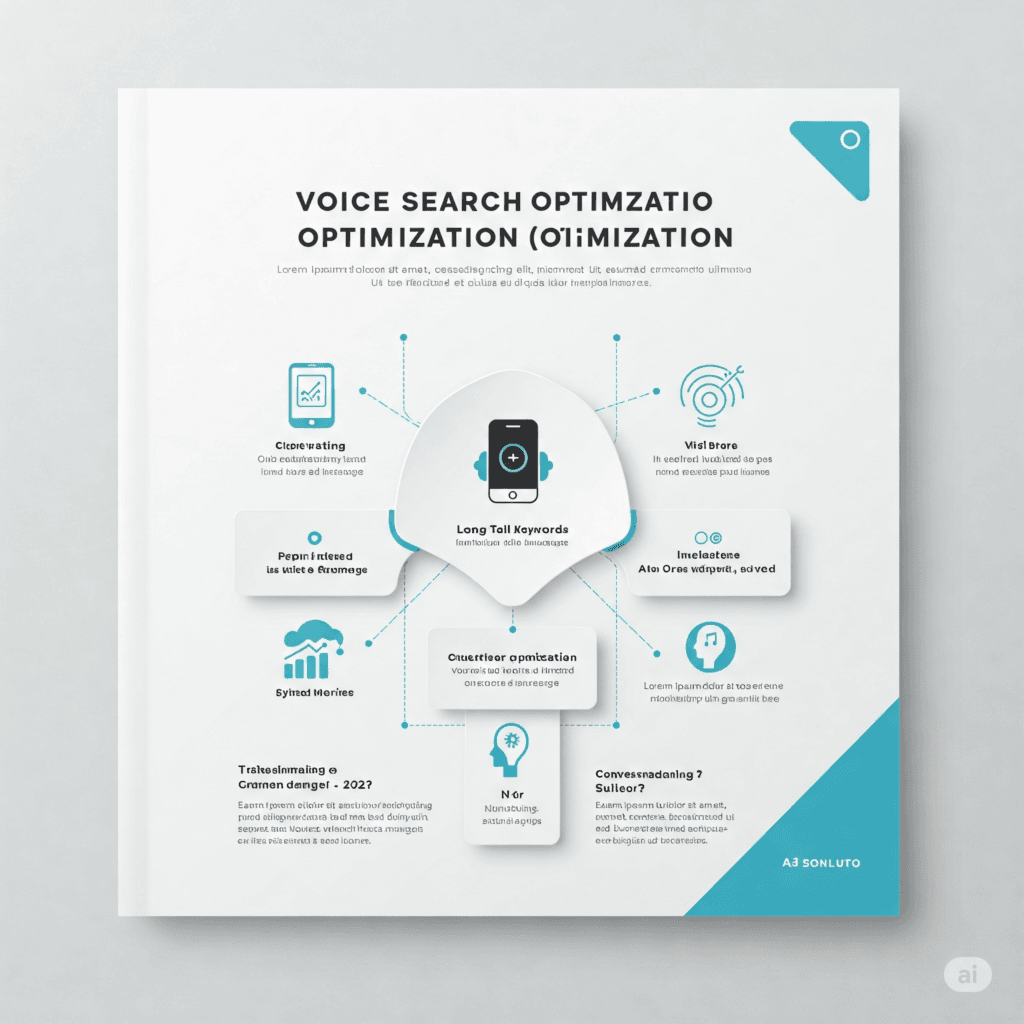Voice Search Optimization: What You Need to Know
 If you thought typing was the primary way people find stuff online, think again. Voice search is no longer a futuristic gimmick—it’s here, reshaping how users interact with search engines, and if your marketing strategy isn’t keeping pace, you’re already falling behind.
If you thought typing was the primary way people find stuff online, think again. Voice search is no longer a futuristic gimmick—it’s here, reshaping how users interact with search engines, and if your marketing strategy isn’t keeping pace, you’re already falling behind.
Why Voice Search Matters More Than Ever
More than half of all internet users now engage with voice assistants like Siri, Alexa, and Google Assistant every day. And it’s not just about convenience — voice search changes how people ask questions. Instead of typing “best Italian restaurant NYC,” they ask, “Hey Google, what’s the best Italian restaurant near me?”
This shift in user behavior means the SEO game is changing. The keywords, the content structure, and the way you present your info all need to adapt.
What Makes Voice Search Different?
1. Conversational Queries
Voice search is more natural and conversational. People speak in full sentences, ask questions, and use casual language. So, your keyword strategy should evolve from short-tail phrases to long-tail, question-based phrases.
Instead of targeting “running shoes,” think about optimizing for “what are the best running shoes for flat feet?”
2. Local Search Explosion
Voice search drives local intent. “Find a coffee shop near me” or “Where is the nearest gas station?” are among the most common queries. If your business relies on local customers, voice optimization can be a game changer.
Make sure your Google My Business listing is up-to-date and your local SEO is on point.
3. Featured Snippets and Position Zero
Voice assistants often pull answers from featured snippets—the concise answers that show at the top of search results. Getting your content featured here means your brand can be the one the assistant reads aloud.
To improve your chances, provide clear, direct answers to common questions in your niche, formatted in bullet points or short paragraphs.
How to Optimize for Voice Search Today
Use Natural Language and FAQs
Create content that answers real questions your audience asks. FAQs pages are gold mines for voice search optimization. Think about the who, what, why, where, and how questions your customers have.
Focus on Mobile Speed and User Experience
Most voice searches happen on mobile devices. If your site loads slowly or is hard to navigate, you lose valuable traffic. Google rewards fast, mobile-friendly websites, so make performance a priority.
Leverage Structured Data
Schema markup helps search engines understand your content better, increasing the chance your info will be pulled for voice search responses. Don’t skip this step if you want to boost your visibility.
Optimize for Local
For local businesses, voice search can bring in foot traffic. Ensure your address, phone number, business hours, and services are consistent across all platforms. Local keywords and reviews also play a big role here.
The Future of Voice Search and Your Brand
Voice technology is still evolving, but its rise is inevitable. Smart speakers are in millions of homes, cars have voice assistants, and phones listen for commands constantly.
Brands that embrace voice search optimization now will reap the rewards long-term, staying ahead in customer engagement and search rankings.
In a nutshell: Voice search optimization is not just a buzzword; it’s an urgent necessity. It demands a more human, conversational approach to SEO, a strong focus on local relevance, and tech-savvy tweaks like structured data.
Ignoring it? You might as well be invisible to millions of voice users every day.
So, start optimizing your content for voice — and speak the language your customers actually use.
